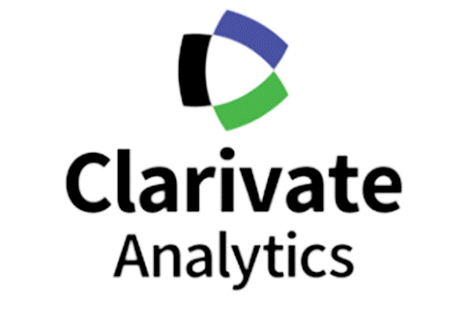REDD+ Financing to Enhance Climate Change Mitigation and Adaptation and Biodiversity Co-benefits: Lessons from the Global Environment Facility
Abstract
Keywords
Full Text:
PDFReferences
Busch, J. (2013). Supplementing REDD+ with biodiversity payments: The paradox of paying for multiple ecosystem services. Land Economics, 89(4), 655–675. crossref
GCF. (2017). GCF consultations on REDD+ results-based payments. Retrieved from website
GEF. (2010). The GEF incentive mechanism for forests: A new REDD+ multilateral finance program. Retrieved from pdf
GEF. (2014, May 22). GEF-6 programming directions. Retrieved from pdf
GEF. (2015). Forests and the GEF: A brief look at two decades of support for forests. Retrieved from website
GEF. (2016). Projects. Retrieved from website
GEF. (2017a). A GEF operational focal point’s guide to the GEF project cycle: What is a project cycle and why is it important?. Retrieved from pdf
GEF. (2017b). GEF Agencies. Retrieved from website
GEF. (2017c). Conventions. Retrieved from website
GEF. (2017d). Organization. Retrieved from website
GEF. (2017e, April). Sustainable forest management. Retrieved from pdf
IEO. (2017, May). IEO briefing: Evaluation of the multiple benefits of GEF support through its multifocal area portfolio. Retrieved from pdf
McFarland, B. J. (2015). International finance for REDD+ within the context of conservation financing instruments. Journal of Sustainable Forestry, 34(6–7), 534–546. crossref
Streck, C. (2012). Financing REDD+: Matching needs and ends. Current Opinion in Environmental Sustainability, 4(6), 628–637. crossref
Streck, C. (2016). Mobilizing finance for REDD+ after Paris. Journal for European Environmental & Planning Law, 13(2), 146-166. crossref
Sunderlin, W. D., Sills, E. O., Duchelle, A. E., Ekaputri, A. D., Kweka, D., Toniolo, M. A., … Otsyina, R. M. (2015). REDD+ at a critical juncture: Assessing the limits of polycentric governance for achieving climate change mitigation. International Forestry Review, 17(4), 400–413. crossref
UNFCCC. (2017). Green Climate Fund (GCF). Retrieved from website
Voigt, C., & Ferreira, F. (2015). The Warsaw Framework for REDD+: Implications for National implementation and access to results-based finance. Carbon and Climate Law Review, 9(2), 113–129. Retrieved from website
Watson, C., Patel, S., & Schalatek, L. (2016). Climate finance thematic briefing: REDD+ finance. Climate Finance Fundamentals, 5, 1-4. Retrieved from pdf
Well, M., & Carrapatoso, A. (2017). REDD+ finance: Policy making in the context of fragmented institutions. Climate Policy, 17(6), 687–707. pdf
DOI: http://doi.org/10.17503/agrivita.v40i0.1729
Copyright (c) 2017 UNIVERSITAS BRAWIJAYA

This work is licensed under a Creative Commons Attribution-NonCommercial 4.0 International License.








